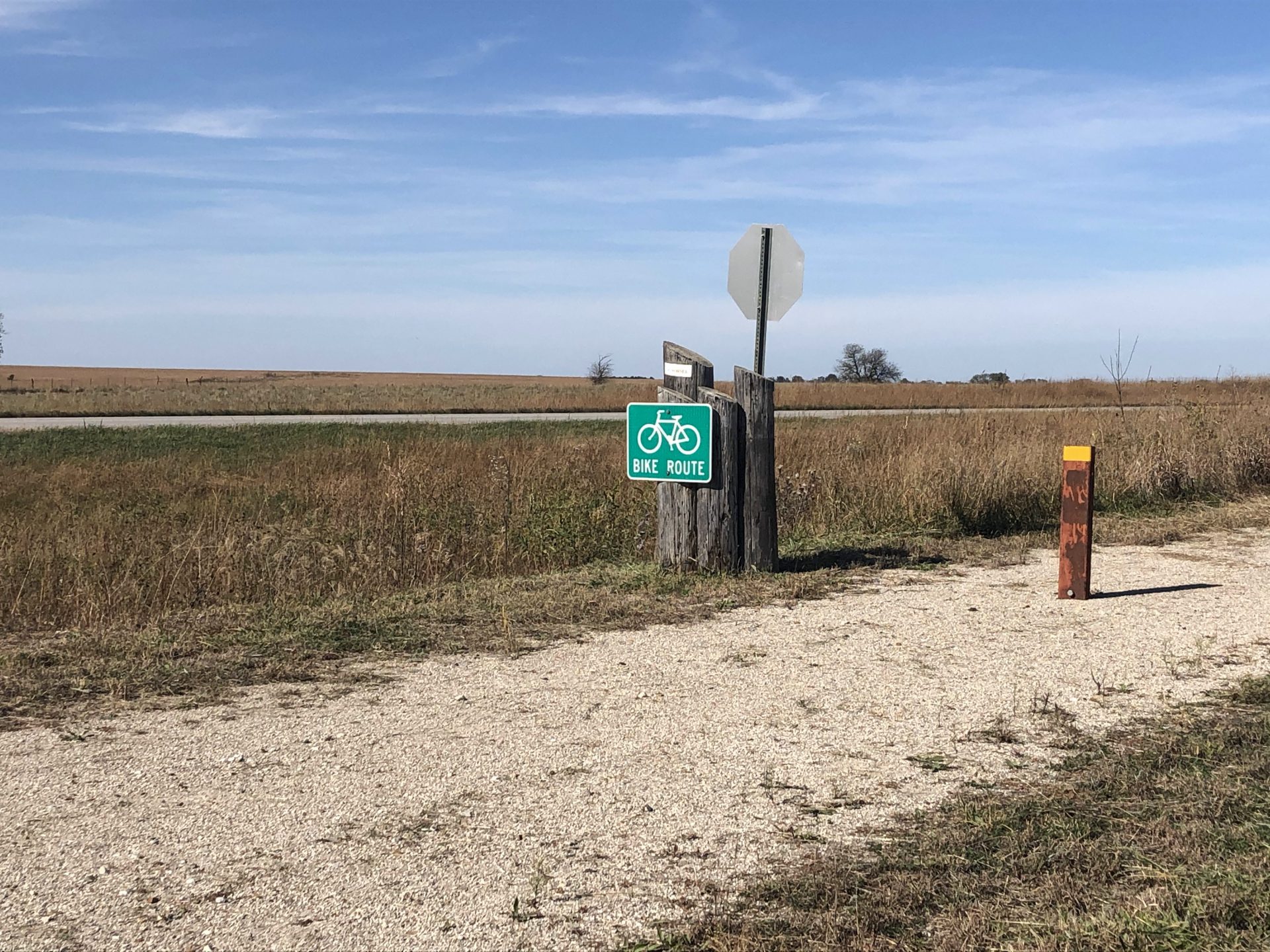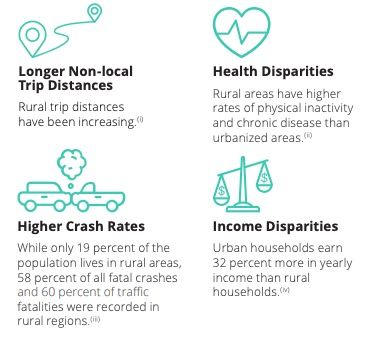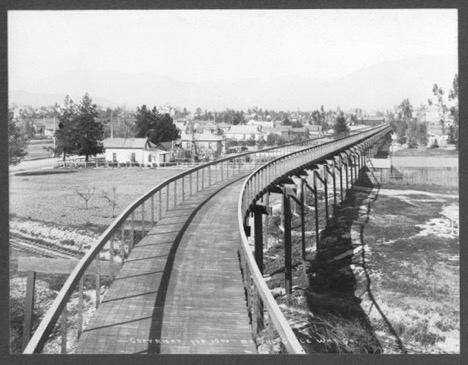Perhaps now is the time to reinvest in micromobility infrastructure. Because there is a high return on investment from installing cycling networks. The increase in cyclists and other micromobility users diverts cars from streets, resulting in reduced traffic and pollution, while increasing pedestrian and cyclist safety and property values.
2. Create a policy framework that supports viable long term business operations
While new forms of mobility, especially e-scooters and dockless bikes, initially went mostly unregulated and operated in the “grey zone” of policy, in the last two years city planners have increased regulation significantly.
For example, in 2018, Portland, OR set an overall cap of 2,500 e-scooters in the city and imposed stringent curb usage rules. It also implemented a street use fee of 25 cents per scooter trip and required at least 20 percent of scooters to be deployed to lower-income East Portland. In 2019, Portland set a goal to reduce the overall number of scooter operators to 1-3 companies for a period of 2-3 years, in order to better ensure the financial viability of those companies.
While this stringent regulatory approach can work in larger cities, because micromobility providers line up to serve these markets, they are not beneficial for smaller rural communities that struggle to attract players. The City of Charlottesville in Virginia, for instance, received only one application to provide dockless scooters and bikes from lesser known operator VeoRide.
For smaller communities, the way forward is partnerships with potential providers. A good example of this is the collaboration between the City of Vicksburg, Mississippi and Blue Duck, a San Antonio based micromobility provider.
With a population of just over 23,000 citizens, Vicksburg is not your typical micromobility market, yet in September this year, Blue Duck started rolling out an electric scooter service. “Despite its smaller size, Vicksburg has a compact, dynamic downtown business district that attracts residents and visitors alike,” says Andre Campagne, CEO of Blue Duck. Community leaders recognized the value of getting residents and tourists around town using micromobility.
Blue Duck strategically focuses on communities that have a population of less than 1 million and a local college or university. Champagne mentions that smaller cities are often more open to forming an exclusive partnership, which fosters a more collaborative relationship. In fact, in the case of Vicksburg, Blue Duck was supported by everyone at City Hall, including local lobbying efforts to change state legislation so micromobility services could even be offered in Mississippi.
Rural communities have an opportunity to use policy to drive change, yet as the Vicksburg example shows, a more collaborative approach with a view on long-term sustainability and viability.
Final thoughts on micromobility in a rural context
Increasing micromobility has several benefits for communities, especially in a rural context.
- Overall, the benefits of investing in safe micromobility infrastructure and increasing the number of cyclists on the road far outweigh its associated costs, with one study estimating a return of 4 to 5 times.
- From a public health perspective, cycling is a form of physical activity that can improve physical health and prevent a host of chronic diseases. Even electric micromobility offers greater physical activity which is shown to improve mental health and well-being.
- Micromobility providers that strategically focus on smaller communities have to focus on being a “good corporate citizen and partner.” Hence, they hire local residents to manage, clean, or repair their fleets rather than trying to stand-up a gig or contractor workforce. They are also acutely aware that residents of rural communities have lower incomes and vehicle ownership costs are often higher, creating an additional burden. Their program offers can include equity and access programs that discount rides up to 50% for qualifying users as part of their service.
Micromobility services have shown incredible resilience during this pandemic because they allow for travel with physical distancing. Investors have recognized this as well and opened the funding faucet again, and that includes those that serve smaller communities.
Even the incoming Biden Administration recognizes the value of micromobility and is promising to help cities invest in infrastructure that supports it. Smaller communities should ensure they receive a portion of that funding. If they do and with the right partner, micromobility can succeed in rural communities of the United States.
———
Sandra is a Shared Mobility Architect with movmi. To date, she has been involved in more than 60 shared mobility projects world-wide. Her work spans across Mobility-as-a-Service programs in Vancouver, microtransit for rural island communities, e-mopeds in Brooklyn as well as the numerous carshare services, including ekar the first service in the Middle East. Connect with her on LinkedIn.




